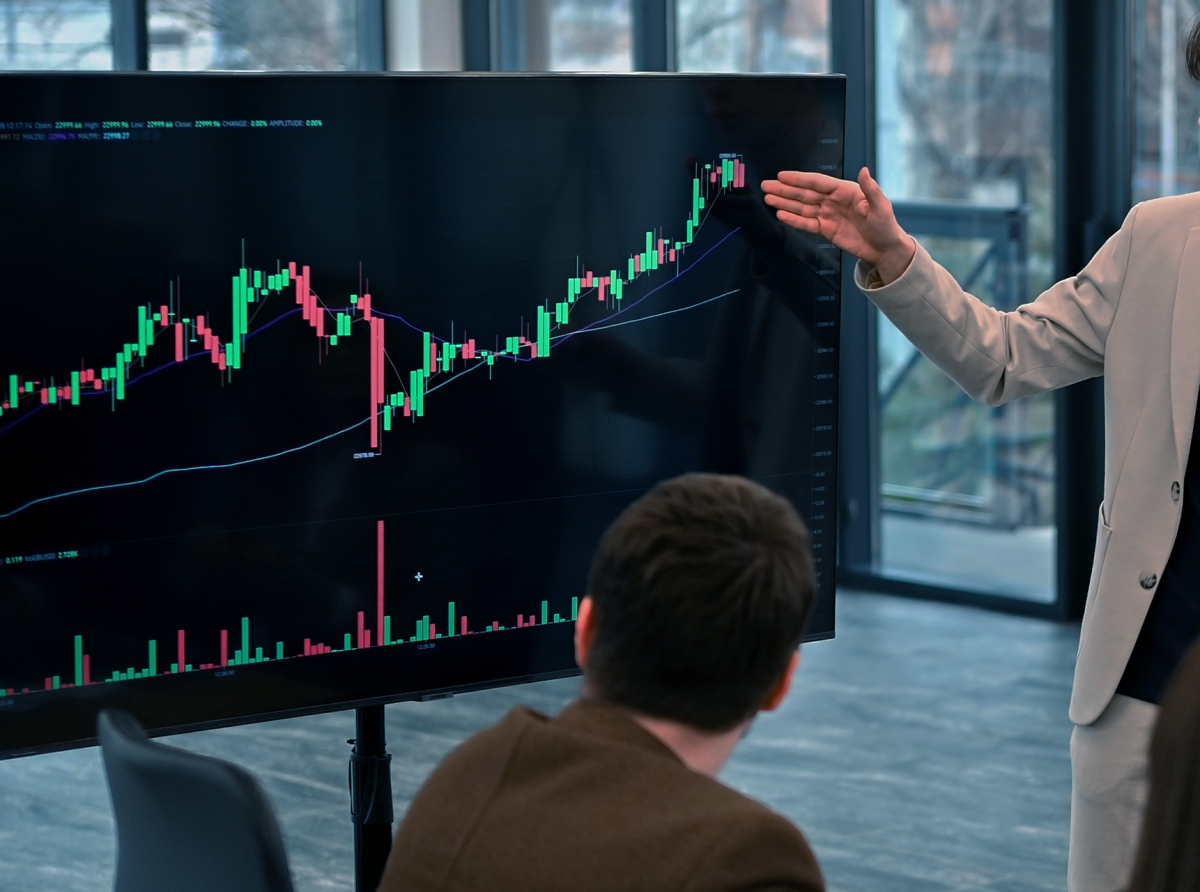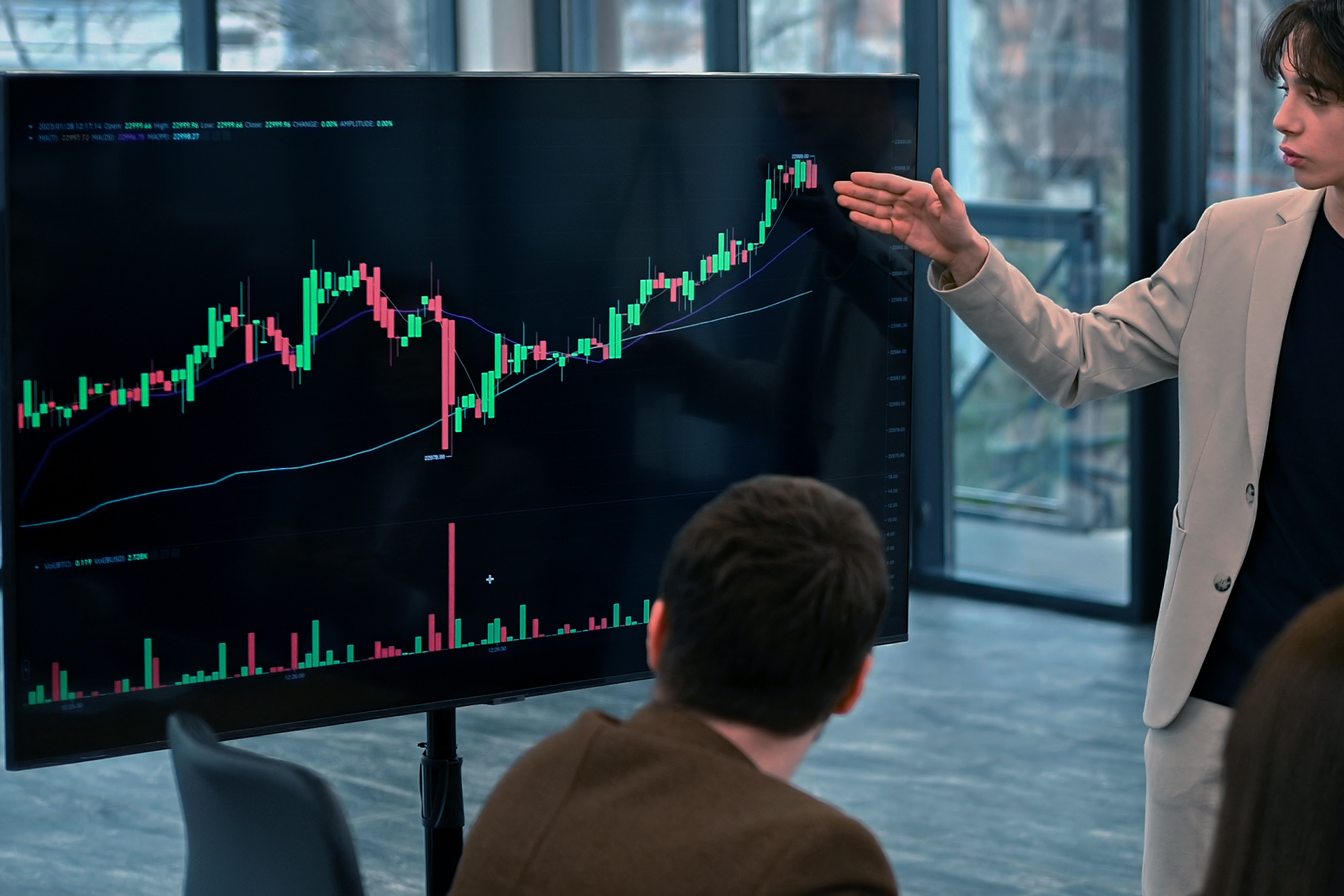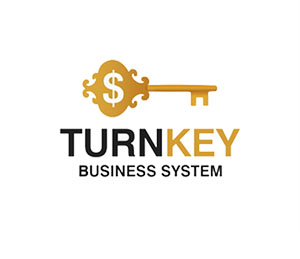Participation of Major Players in Forex Trading: What Every Trader Should Know

Participation of Major Players in Forex Trading: What Every Trader Should Know
Major players in the Forex market — central banks, hedge funds, multinational corporations, and institutional investors — shape liquidity, volatility, and long-term trends.
Their actions influence currency strength, interest rate expectations, and cross-border capital flows. For individual traders, understanding how these large participants operate provides critical insights into price movements and helps to develop more effective trading strategies.
Their actions influence currency strength, interest rate expectations, and cross-border capital flows. For individual traders, understanding how these large participants operate provides critical insights into price movements and helps to develop more effective trading strategies.
The Forex market is often described as the largest and most liquid financial market in the world, with a daily turnover exceeding $7.5 trillion (BIS, 2022). Yet, retail traders account for only a fraction of this volume. The real power lies in the hands of large market players — central banks, hedge funds, institutional investors, and multinational corporations.
For beginners and even experienced retail traders, the presence of these giants may seem intimidating. However, instead of seeing them as competitors, it is more productive to view them as forces that create the very conditions under which retail trading becomes possible.
For beginners and even experienced retail traders, the presence of these giants may seem intimidating. However, instead of seeing them as competitors, it is more productive to view them as forces that create the very conditions under which retail trading becomes possible.

Participation of Major Players in Forex Trading: What Every Trader Should Know
Who Are the Major Players in Forex?
Central BanksInstitutions like the Federal Reserve (USA), European Central Bank (EU), and Bank of Japan (Japan) play the most significant role. They manage monetary policy, set interest rates, and intervene when necessary. For example, when the Swiss National Bank (Switzerland) removed the EUR/CHF peg in 2015, the sudden shock reshaped global trading strategies overnight.
Hedge Funds and Asset Managers
Hedge funds with billions under management (e.g., Bridgewater, Renaissance Technologies) operate with complex models, often driving short-term volatility. Their speculative positions can move markets quickly, especially in lower-liquidity hours.
Multinational Corporations
Global exporters and importers use Forex for hedging. For example, Japanese car manufacturers convert USD sales revenue into JPY, impacting USD/JPY liquidity.
Institutional Investors
Pension funds, insurance companies, and sovereign wealth funds (e.g., Norway’s oil fund) trade currencies to diversify portfolios and protect returns. Their moves are typically long-term but influential.
Why Their Presence Matters
Liquidity Creation: Without major players, Forex would not be the most liquid market in the world.
Trend Formation: Long-term currency appreciation or depreciation is often a result of institutional positioning.
Volatility Events: Sudden moves frequently reflect hedge fund activity or unexpected central bank announcements.
Macro Context: For example, if the People’s Bank of China (China) adjusts the yuan’s reference rate, ripple effects are felt across Asia and globally.
Strategies for Retail Traders
Understanding the behavior of major players helps individual traders adapt:1. Follow Central Bank Signals
Interest rate decisions from the Federal Reserve or European Central Bank set the tone for the USD and EUR pairs. Retail traders should monitor policy statements and press conferences.
2. Track Institutional Sentiment
Commitment of Traders (COT) reports, published by the CFTC (USA), show positioning of large speculators and help predict medium-term market bias.
3. Watch for Liquidity Gaps
When hedge funds unwind positions, volatility spikes. Using stop-losses and avoiding overleveraging during news releases is essential.
4. Learn from Corporate Hedging
Corporations focus on stability, not speculation. Retail traders can adapt this mindset: hedge risk, diversify exposure, and avoid excessive risk-taking.
Risks for Retail Traders
Market manipulation risk: While not frequent, coordinated moves by major players can trap retail positions.Overreaction to news: Central bank surprises often trigger panic among small traders.
Asymmetry of information: Institutions have access to data and tools unavailable to individuals.
Outlook: The Next 1–2 Years
Central banks will remain dominant due to inflationary pressures and geopolitical instability. Expect further volatility in USD, EUR, and JPY.Hedge funds are increasing algorithmic and AI-based trading, which may lead to sudden “flash moves.”
Retail traders will benefit from better analytics tools and transparency in reporting institutional flows, but risks from unexpected interventions will stay high.
Conclusion
Major players define the landscape of Forex trading.
Central banks guide trends, institutions provide liquidity, hedge funds create volatility, and corporations stabilize through hedging.
For retail traders, knowledge of these dynamics is a competitive advantage. By tracking central bank decisions, monitoring institutional sentiment, and respecting the sheer scale of market forces, retail traders can improve their strategies and align with — rather than fight against — the giants of the Forex market.
By Claire Whitmore
September 22, 2025
Join us. Our Telegram: @forexturnkey
All to the point, no ads. A channel that doesn't tire you out, but pumps you up.









Report
My comments